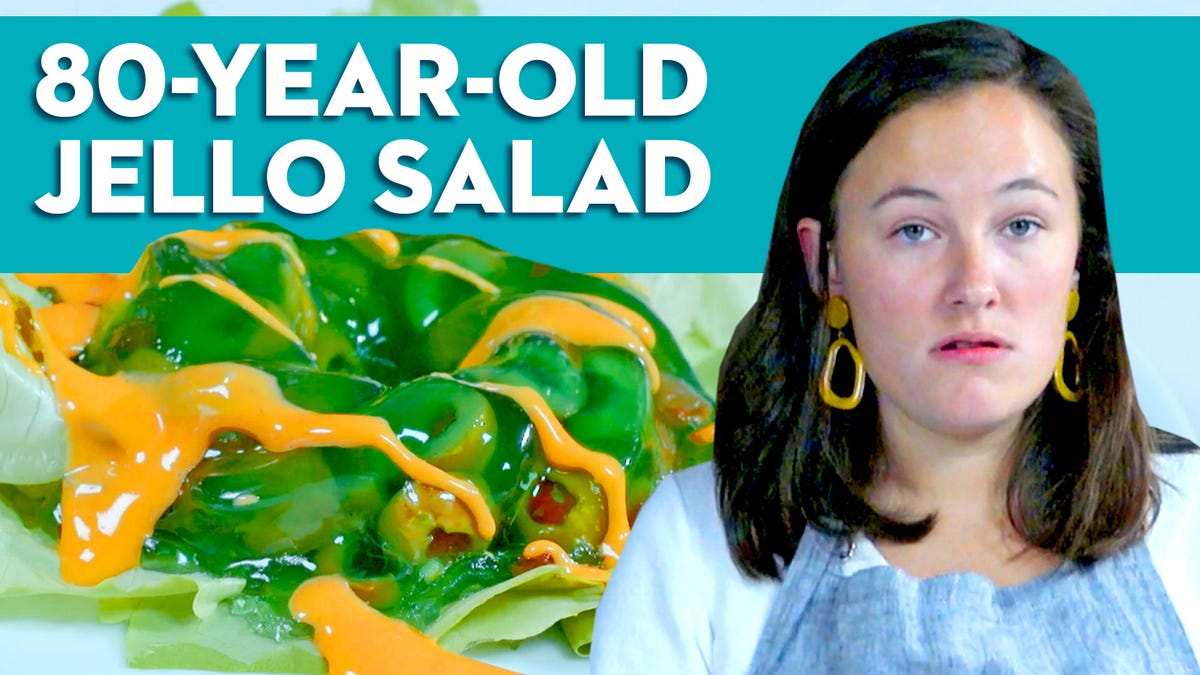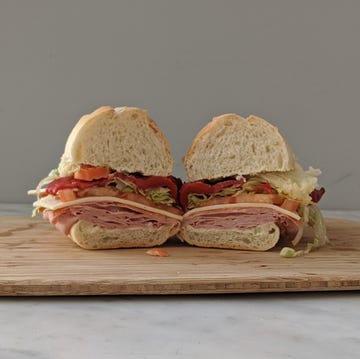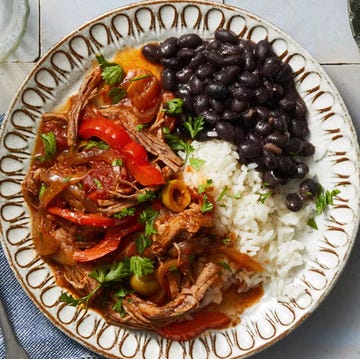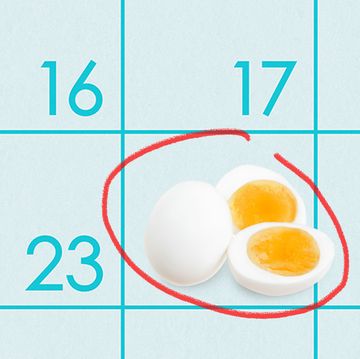Water: It’s a kitchen essential used in everything from boiling pasta to steaming dumplings to poaching eggs. Around the world, particularly in countries like China, Korea and Vietnam, water is used to make savory rice porridge, custardy steamed eggs and an endless variety of soothing, hydrating soups and broths.
So it might sound strange to hear that "water-based cooking" is suddenly having a moment on TikTok. But a quick search turns up hundreds of videos showcasing everything from a colorful plate of steamed vegetables to homemade gyoza steamed in a shallow pan of water to a simple bowl of bone broth. Many content creators claim that adhering to a water-based diet has helped with weight loss, clearing up skin and even "aging backward."
Of course, a water-based diet won't actually turn back the clock, but this centuries-old way of cooking has plenty of other (delicious) upsides.
What is water-based cooking?
Despite its novel-sounding name, water-based cooking isn't new — and you're probably already doing it. Prepping hard-boiled eggs, simmering oatmeal and whipping up pasta all count. Whereas methods like frying, roasting, sautéing and even air frying require at least a small amount of oil or butter for optimal texture and flavor, water-based cooking can be done without any added fat. This makes this method especially appealing to anyone looking to eat lighter or up their hydration. Plus, dishes like oatmeal, brothy soup and Chinese-style steamed eggs are also incredibly warming and comforting.
Water-based cooking methods may also offer health advantages. A small study published in Cell Reports Medicine compared the effects of different cooking methods while keeping ingredients consistent. Researchers found that moist-heat techniques such as boiling and steaming led to lower levels of advanced glycation end products (AGEs), inflammatory compounds formed when proteins or fats react with sugar, particularly under high heat. These cooking methods were also associated with improved blood lipid profiles and elevated levels of 4E-BP1, a protein linked to cellular stress responses and healthy aging. The findings are promising but based on a small sample, and further research is needed to confirm the long-term benefits. Also, other studies have found that cooking temperatures and ingredients used are factors that affect AGE production as well.
How to incorporate water-based cooking into your routine
No, you don't have to live on soup alone. Water-based cooking can include everything from steamed grains to poached proteins and so much more.
Kristy del Coro, M.S., R.D., a registered dietitian and culinary nutritionist, recommends blanching vegetables — briefly boiling in salted water, then quickly cooling in ice water — in order to preserve nutrients and texture. (This is also a crucial first step if you plan to freeze your vegetables). Blanched vegetables are also a great option for meal prep. "I blanch sugar snap peas or green beans and have that ready in my fridge to add to grain bowls and salads," says del Coro.
One thing to point out, however, is that water-based cooking makes it difficult — if not impossible — to achieve browning or charring, which happens via something called the Maillard reaction. In this complex chemical process, simple sugars and amino acids react with high heat to produce the characteristic golden brown color on foods like meat and vegetables. While the Maillard reaction is partly responsible for the formation of AGEs, it’s also the reason many of our favorite foods — like chocolate chip cookies, toast and roasted vegetables — taste so good.
That said, there are still plenty of creative ways to add flavor in water-based cooking. Michelle Davenport, a registered dietitian who helped popularize the trend on TikTok, encourages adding healthy fats (think: olive oil, fatty fish) to round out water-based meals. You can even use other liquids — such as broth or a splash of wine — to add an extra depth of flavor to your dishes.
Try braising vegetables in water with a minimal amount of oil, one of del Coro’s favorite water-based methods. You reduce the liquid until it’s thick enough to coat the vegetables — essentially a lower-fat version of a culinary technique called glazing. "You're not throwing out any of the cooking liquids, you're preserving those nutrients and it's a gentler way of cooking," says del Coro.
Looking for an easy place to start? Try these recipes from the Good Housekeeping Test Kitchen. Water may be the simplest ingredient in your kitchen — but it can also be one of the most transformative.













